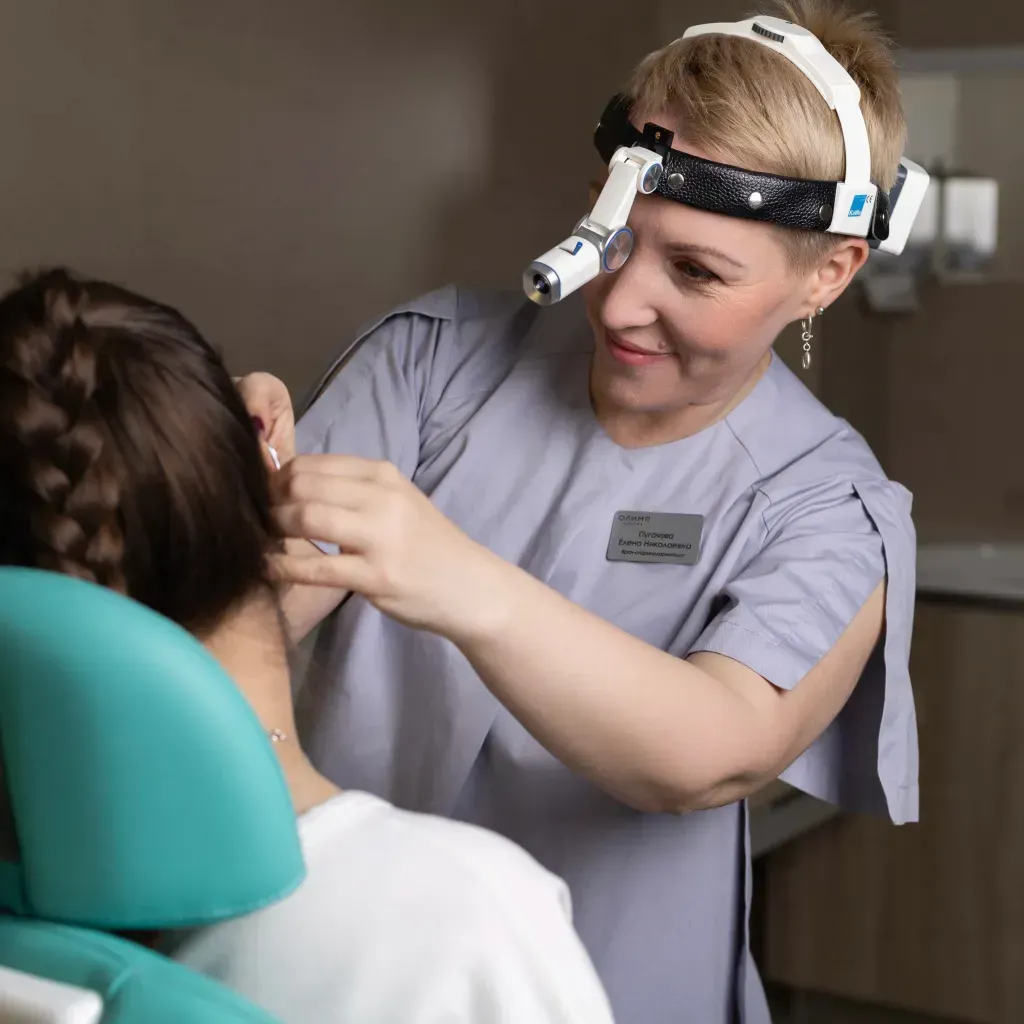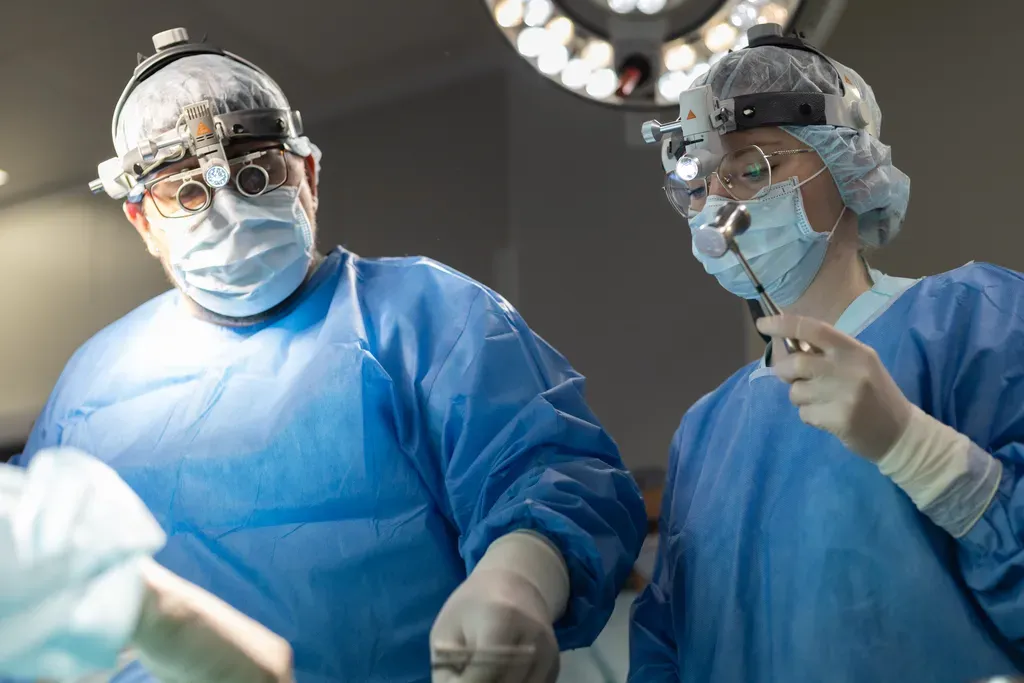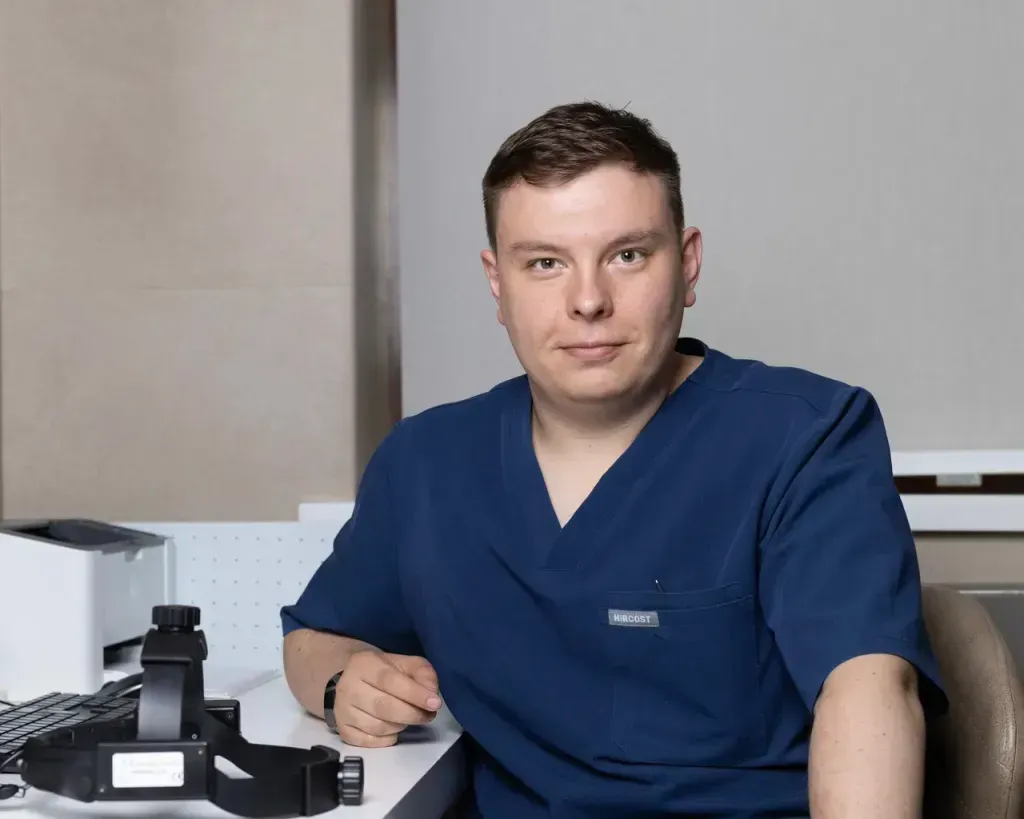Adenoids
Adenoids are an accumulation of lymphoepithelial tissue located in the dome of the nasopharynx (nasopharyngeal tonsil). Adenoids are part of the lymphoepithelial ring, consisting of six tonsils, which plays a key role in protecting the body from infections.

In addition to the adenoids, the lymphoepithelial ring contains two tubal tonsils, two palatine tonsils (glands) and one lingual tonsil. These formations perform a barrier function, protecting the respiratory tract from pathogenic microorganisms. Newborn children have the beginnings of adenoids and palatine tonsils, which begin to develop actively from the age of about 1 year and reach their maximum size by the age of 5-7 years. During adolescence, adenoids usually begin to decrease gradually.
Reasons:
Frequent respiratory infections
Allergic reaction
Genetic predisposition
Chronic inflammatory diseases
Environmental factors (polluted air, secondhand smoke)
Symptoms:
Difficulty breathing through the nose
Snoring and sleep disorders
Frequent breathing through the mouth
Frequent ear infections (otitis media)
Speech disorders (nasal twang, impaired sound production) and hearing
Persistent or prolonged nasal discharge, frequent nasal congestion
Delayed speech development
Effects:
Prolonged breathing through the mouth can lead to a change in the shape of the jaw, the development of malocclusion and the formation of a so-called "adenoid face". Facial muscles work differently depending on whether a child breathes through the nose or mouth, and this factor directly affects the proper development of the jaw.
In addition, children with impaired nasal breathing are more likely to develop infections of the lower respiratory tract (trachea, bronchi and lungs). When breathing through the mouth, air enters the lungs without proper cleaning and warming, which increases the risk of viruses, bacteria, allergens and dust entering the respiratory tract.
Sleep disorders caused by difficulty in nasal breathing can negatively affect the overall development of a child, reducing concentration and academic performance at school. Frequent ear infections can lead to hearing impairment and chronic inflammation.
Лечение

Surgical treatment:
The question of how to treat adenoids depends on the degree of their increase and the presence of complications. Adenoid surgery is indicated when conservative treatment is ineffective or there are pronounced complications. The operation to remove adenoids is called an adenotomy. It is performed under general anesthesia and usually takes 20-30 minutes. Postoperative recovery is rapid, and most children return to normal activity within a few days.

Conservative treatment:
To choose treatment methods, you should consult an ENT doctor. The doctor may suggest using nasal sprays to reduce swelling and inflammation, medications to control allergic reactions, as well as other therapies tailored to the patient's health status.
Schedule a visit to the clinic
How to reach
Moscow, 1st Yamskogo Polya Street, 15
Mon–Sun Around the clock
+7 495 255-50-03
How to get
From the Belorusskaya metro station of the Zamoskvoretskaya line - exit 4 After exiting the subway, walk through the pedestrian tunnel and climb the stairs. Move towards the railway tracks, go down the stairs immediately after them and walk along the house, then turn right onto 1st Yamskoye Pole Street. At the turn to 3rd Yamsky Pole Street, cross the road at the pedestrian crossing and continue along 1st Yamsky Field Street, after a few buildings on the left you will see Olympus Clinic MARS.
Travel time
9 minutes
Landmark
Olympus Clinic MARS sign
How to get
From the Belorusskaya metro station of the Ring line - exit 2. After exiting the subway, turn left and walk to the pedestrian crossing. Cross the road through two pedestrian crossings and move along the Tverskoy overpass. Go down the stairs immediately after the railway tracks, walk along the house, then turn right onto 1st Yamskoye Pole Street. At the turn to 3rd Yamsky Pole Street, cross the road at the pedestrian crossing and continue along 1st Yamsky Field Street, after a few buildings on the left you will see Olympus Clinic MARS
Travel time
11 minutes
Landmark
Olympus Clinic MARS sign


